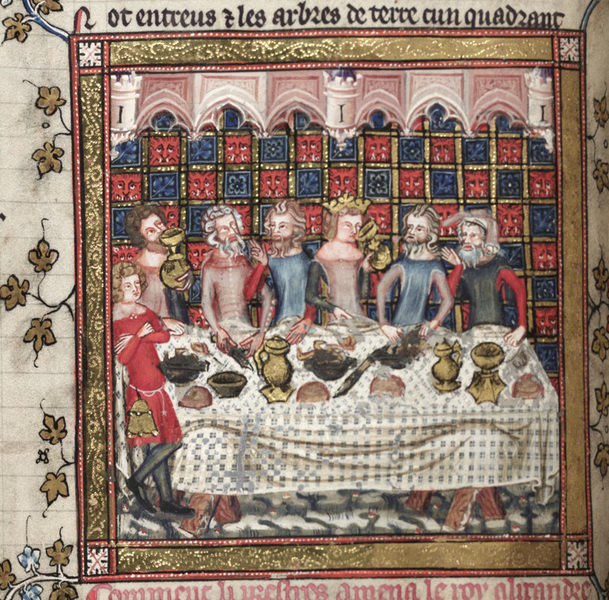 Boolean Library, MS Bodley 264. Boolean Library, MS Bodley 264. The harvest moon in the middle ages ensured a longer working day to pick the fields clean. What followed was the harvest celebration from village to village across Europe and England. And rightfully so. It was hard work. You see, in the medieval world there were three classes. Maybe four. Warriors learned the art of warfare, and when they weren’t plundering, they defended the realm from the likes of Viking raiders, Islamic jihadists, and marauding Magyars. Priests prayed. They studied the teachings of the church and taught them to the community. And, farmers tilled, planted, and harvested the fields. And, of course, there was the merchant class that developed more gradually. In the churches, the reading portion of the liturgical year focused on the thanksgiving offerings to the Lord found in Leviticus. In their synagogues, the Jews also worshipped in thanksgiving with similar reading portions praising the Almighty for His bounty of the earth, the bread from the grain and the wine from the grape. In the middle ages, a feast might start with a suckling pig with an apple in its mouth roasted on a spit finished off with lemon cakes. Music, of course, filled the great halls to those invited to celebrate. Own a piece of medieval history, for yourself, or as a gift. Our large format gold leaf illuminated opening to Exodus celebrates freedom from bondage. Their names were engraved into the book of life. They had every reason to celebrate. They had been set free. Ideal as a gift for Thanksgiving or Christmas.
1 Comment
|
AuthorPeter Hebert Archives
March 2021
Categories |
 RSS Feed
RSS Feed
